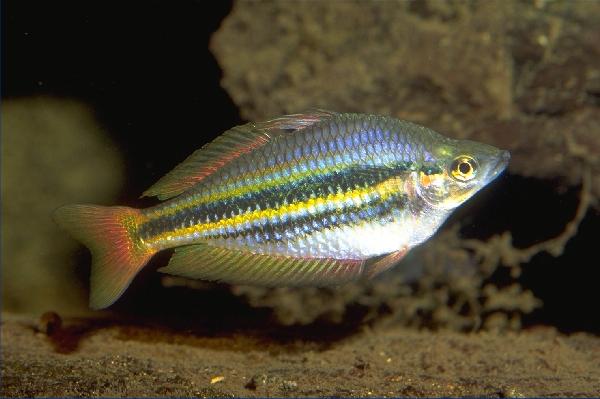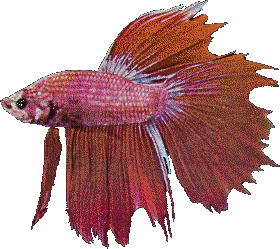| GROUND
BEEF
HEART MIX: 1 kg of beef heart trimmed of fat, veins and sinews (or 1 kg of lean beef substitute) 500 gm of cooked fish or cooked peeled prawns (optional) 1 tablespoon of ground paprika (optional) 2 tablespoons of 100% Spirulina powder (from a Health Foods Shop) 2 teaspoons of Pentavite Infant Vitamins (Roche)
2 tablespoons of lecithin powder (from a health Foods shop) may be
added
to assist the
The addition of fish (or prawns) adds the necessary omega3 fatty acids to the fish's diet. I use fillets of Nile Perch, however, Cod, Salmon, Tommies, Schnapper, Bream, Sole or Herring are suitable. Cook the fish to reduce risk of infecting your Discus with parasites carried in the flesh. Spirulina powder is a natural food and provides vitamins and astaxanthin. Another option is to substitute premium grade Spirulina Flakes OR Premium Tetra Flake Food and omit the Pentavite. Spirulina flakes provide additional protein and carbohydrates as well as vitamins, minerals and astaxanthin (a colour enhancer). I have adapted the above mix from similar mixes used by friends and other aquarists that I have met. I feed the mix (thawed) to my Discus and other, large fish. I use the same mix to feed my Arowana, and it takes the food best when only partly thawed (otherwise the finer particles get spread all over the tank and feed the filters instead). Using a Blender or
Grinder?
An Alternative Mix with fresh garlic. 1 kg of beef heart trimmed of fat, veins and sinews (or 1 kg of lean beef or kangaroo meat) 500 gm of cooked fish or cooked peeled prawns 5 - 7 cloves of pressed, fresh garlic 2 tablespoons of lecithin powder (from a health Foods shop) 2 tablespoons of spirulina powder
Freeze to store: thaw to feed. Another Mix- ideal for large cichlids such as Tropheus 1kg Whole Peeled Shrimps
To Process:-
[Source:
http://www.tanganyikan-cichlids.co.uk/Articles/Shrimp.htm]
|
50% 250 lbs. of Turkey
Hearts (substitute
fat trimmed beef heart or any lean meat)
Cook the fish and shrimp for 10-15
minutes.
(Cooking is optional but makes fish meat safer to use).
|
| I have used a similar mixture to the above, using chicken hearts (available locally from chicken retailers in bulk!) but they tend to be very time consuming in trimming off the fat. I have also used sheep hearts and lean kangaroo meat when beef hearts were not available, with no complaints from the fish. |
 |
Disclaimer: Please read this before using or otherwise acting on any of these recipes. |
 |